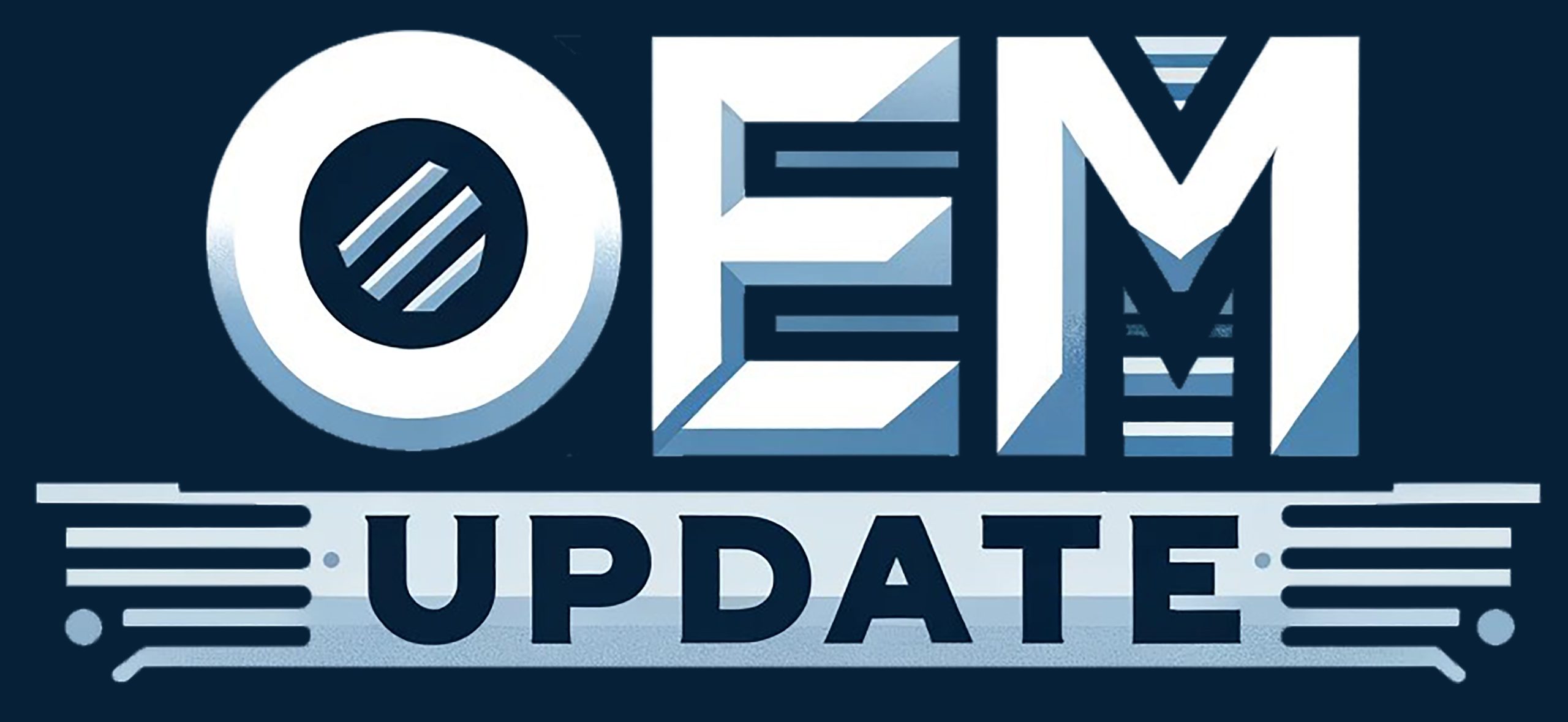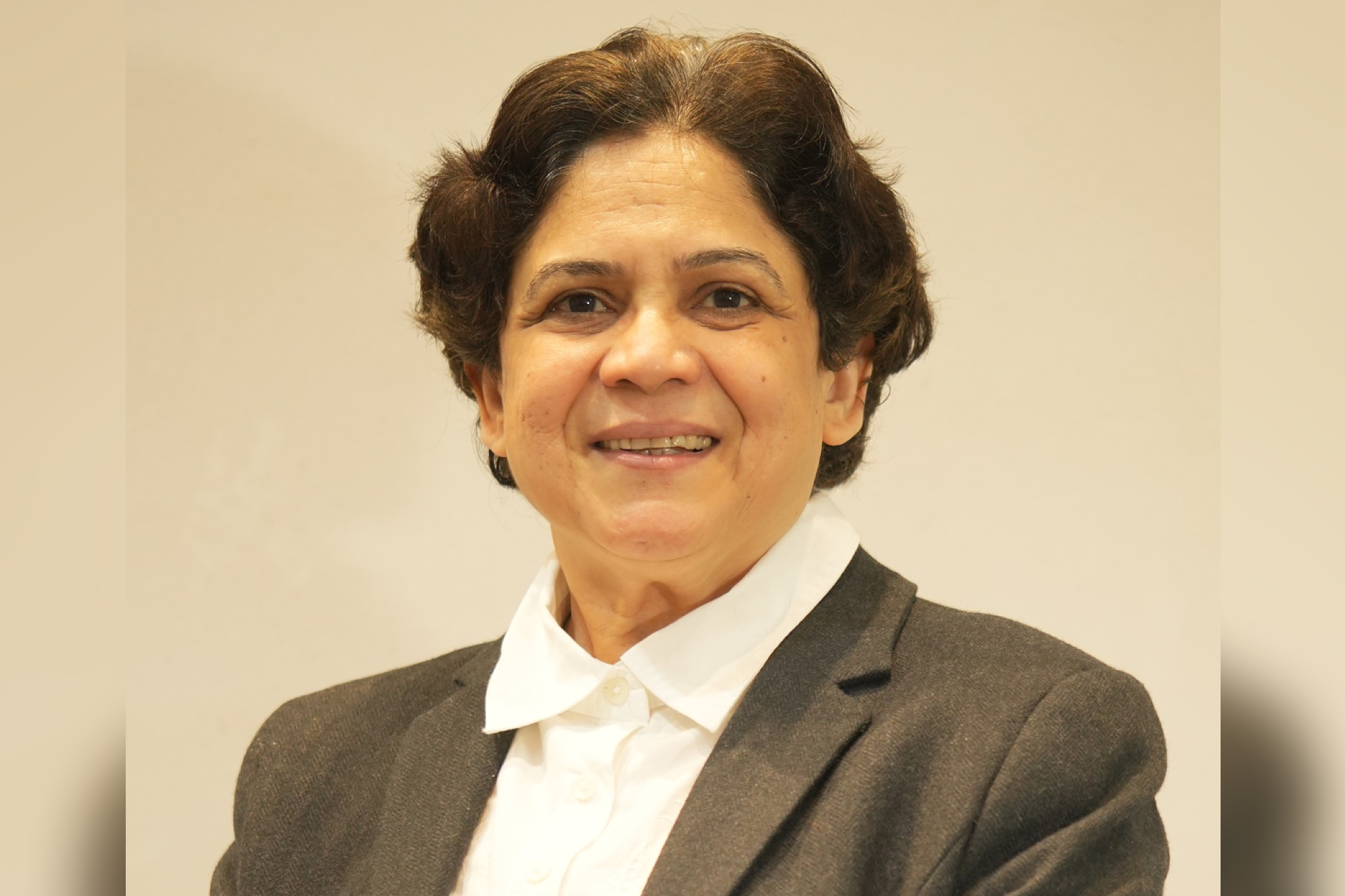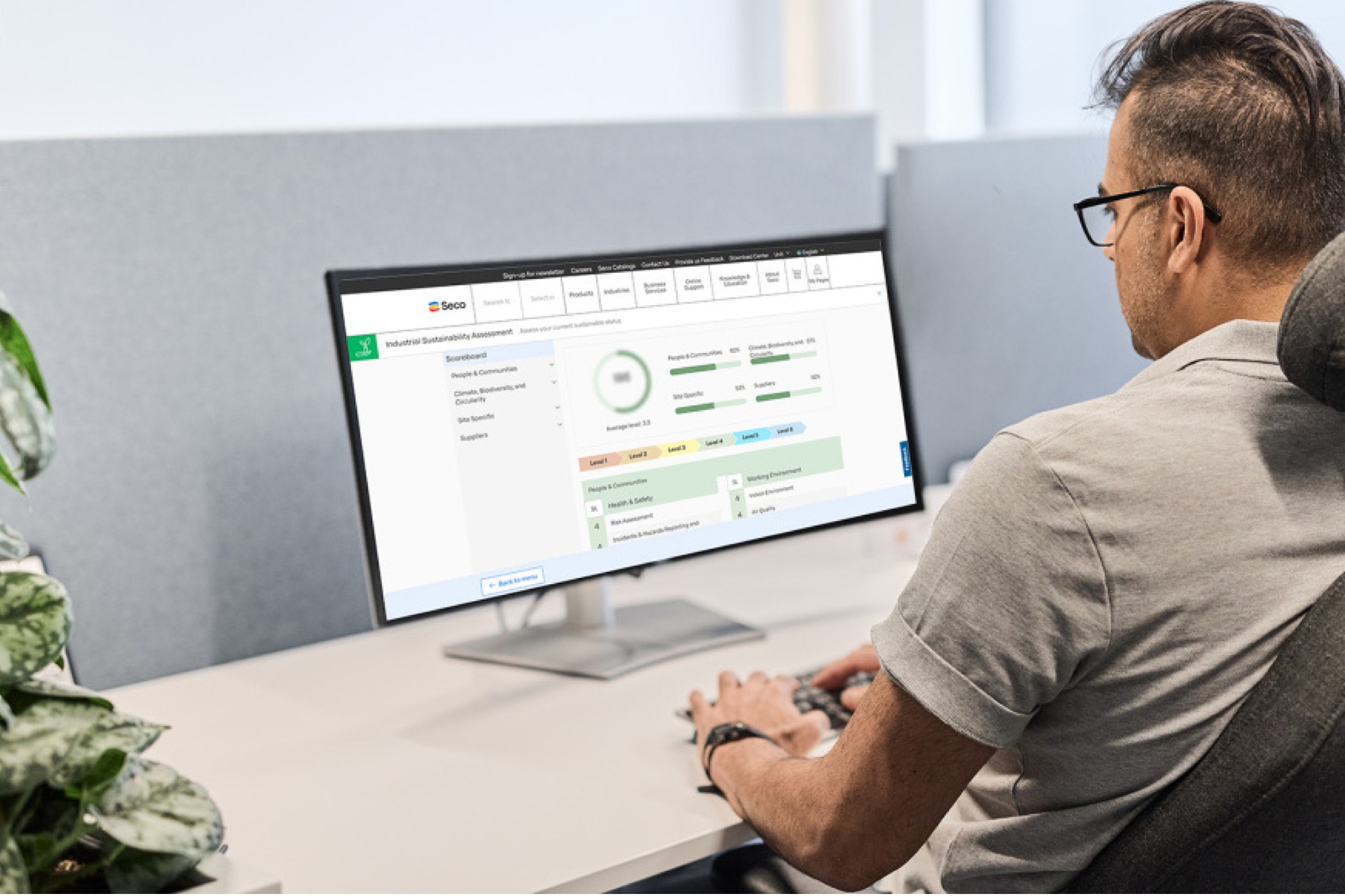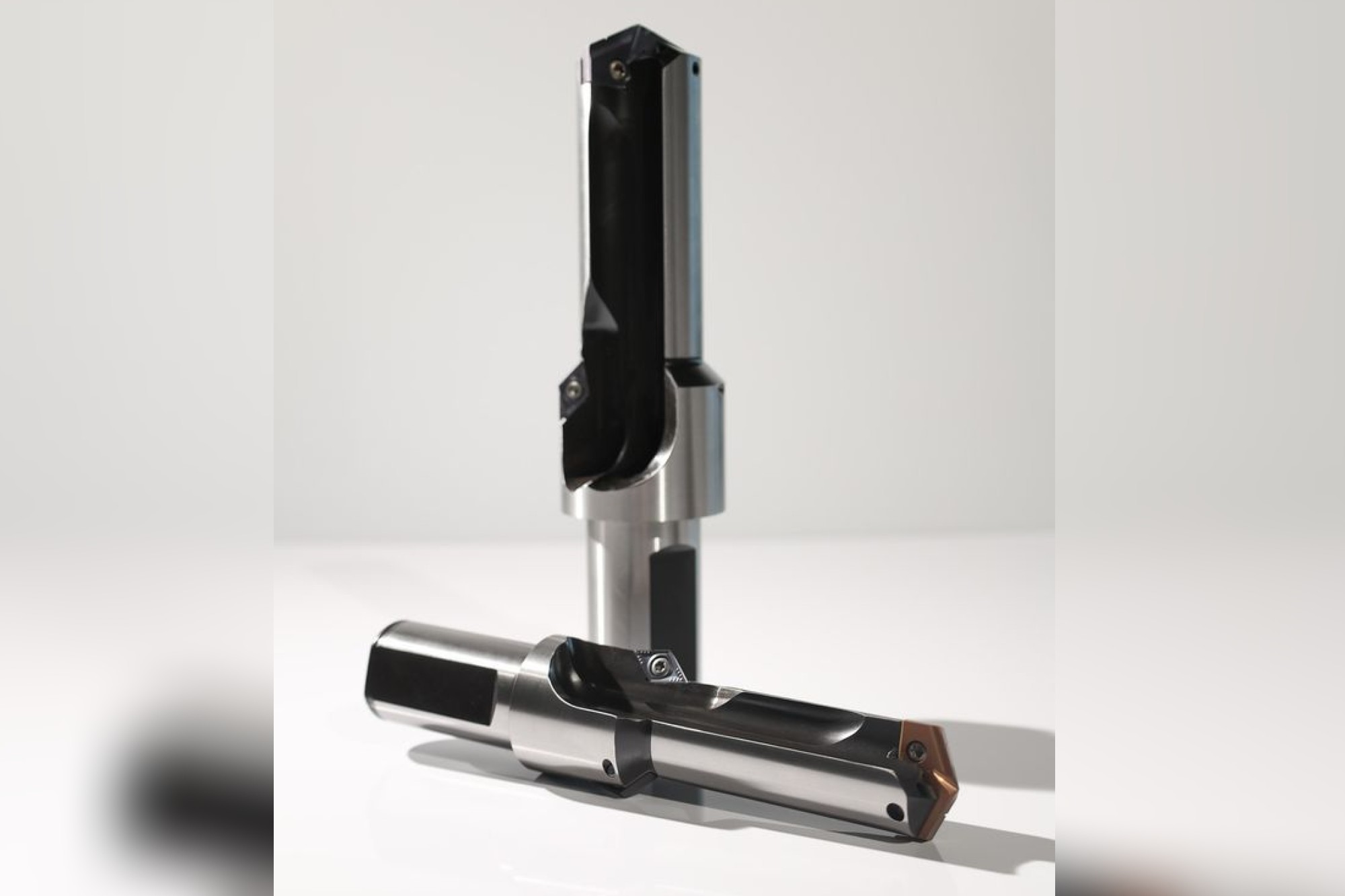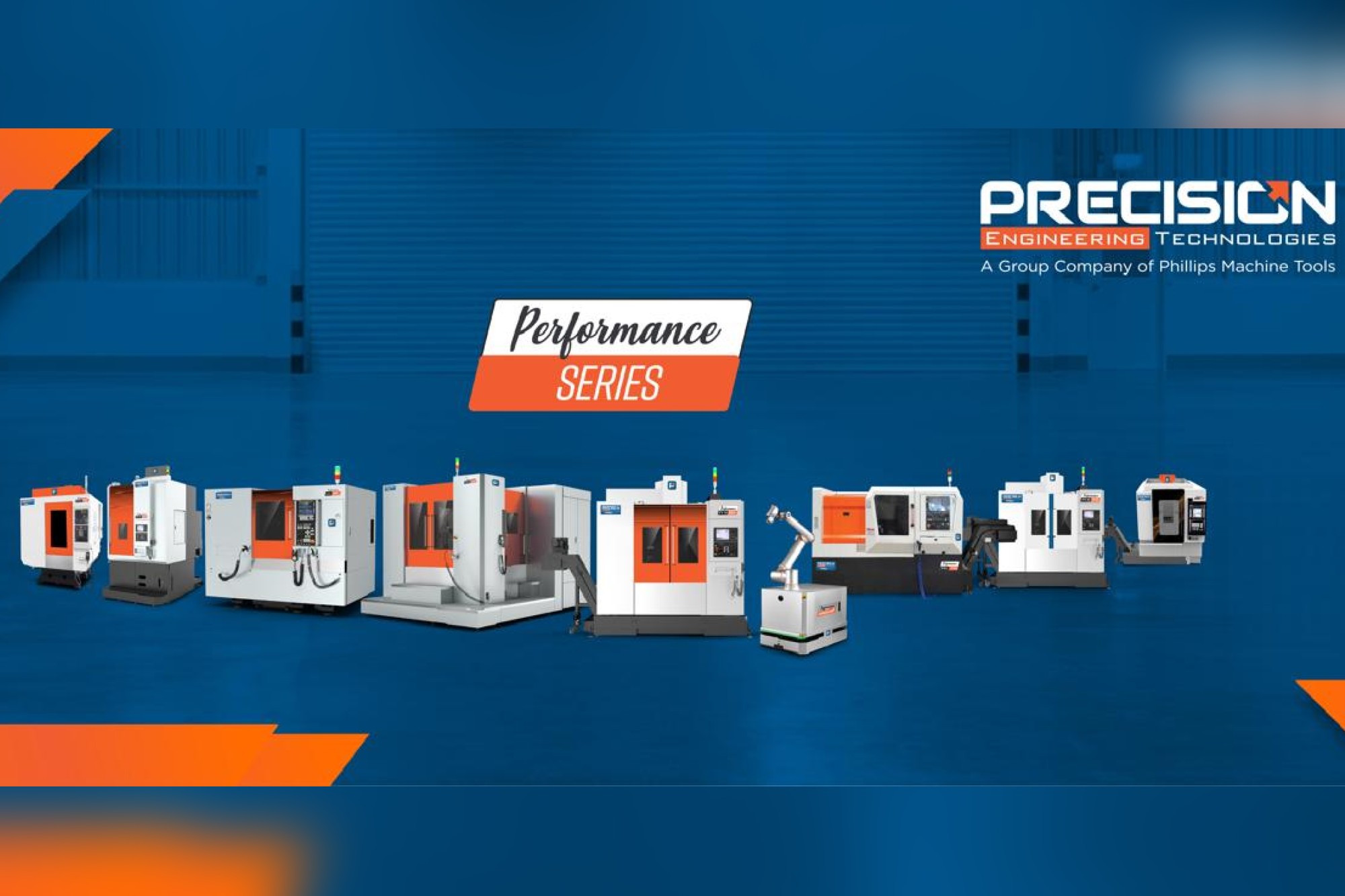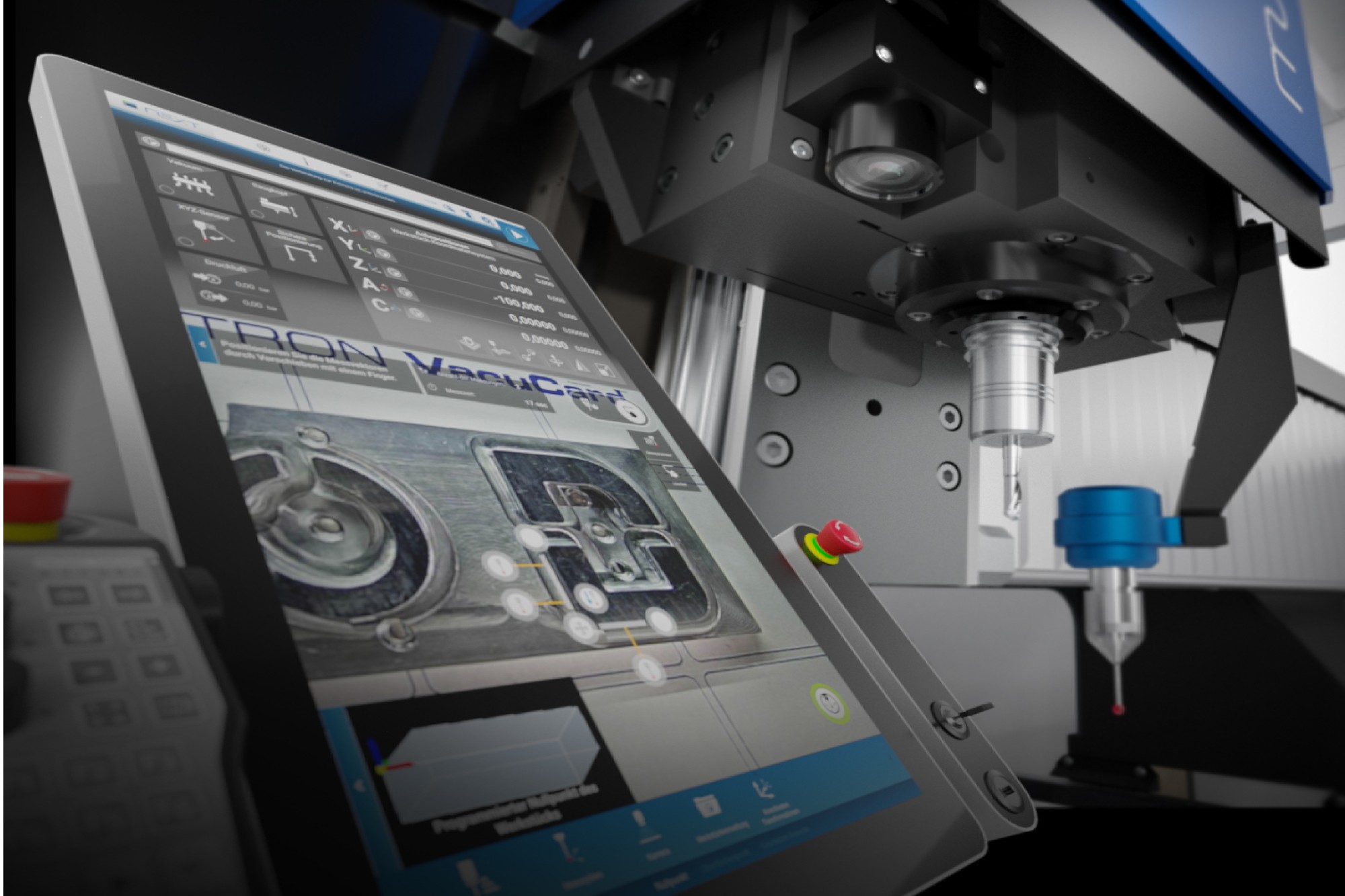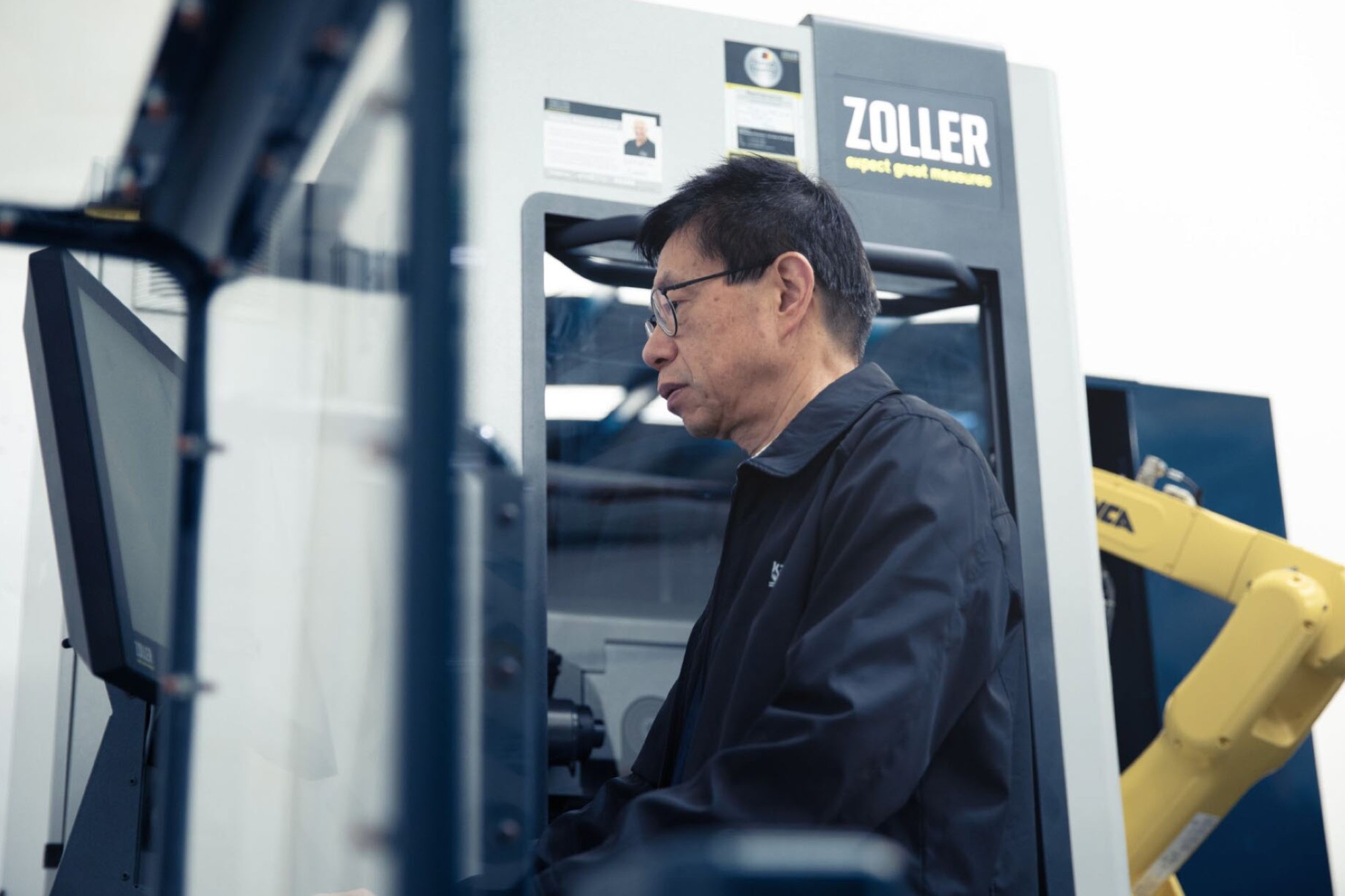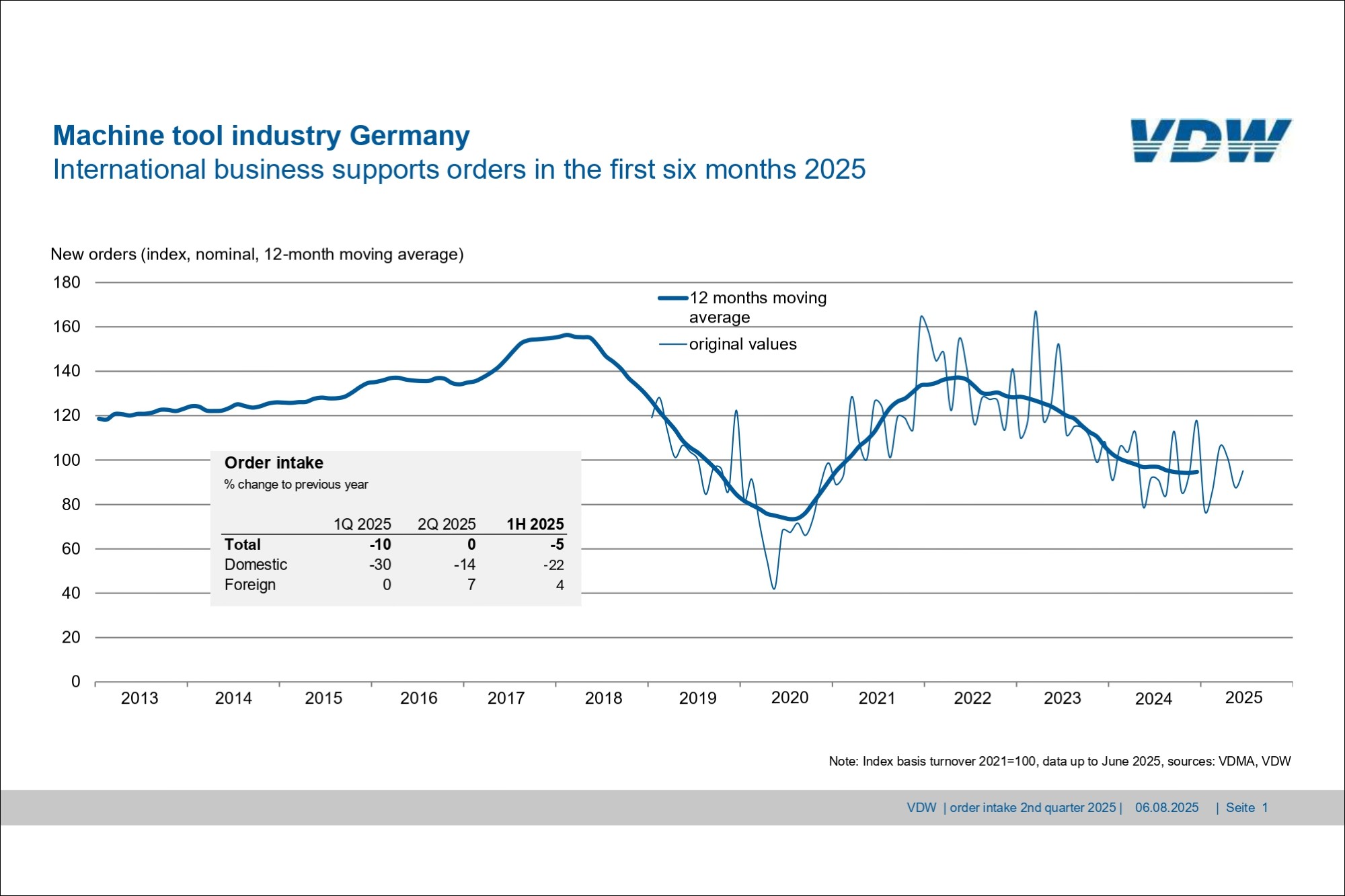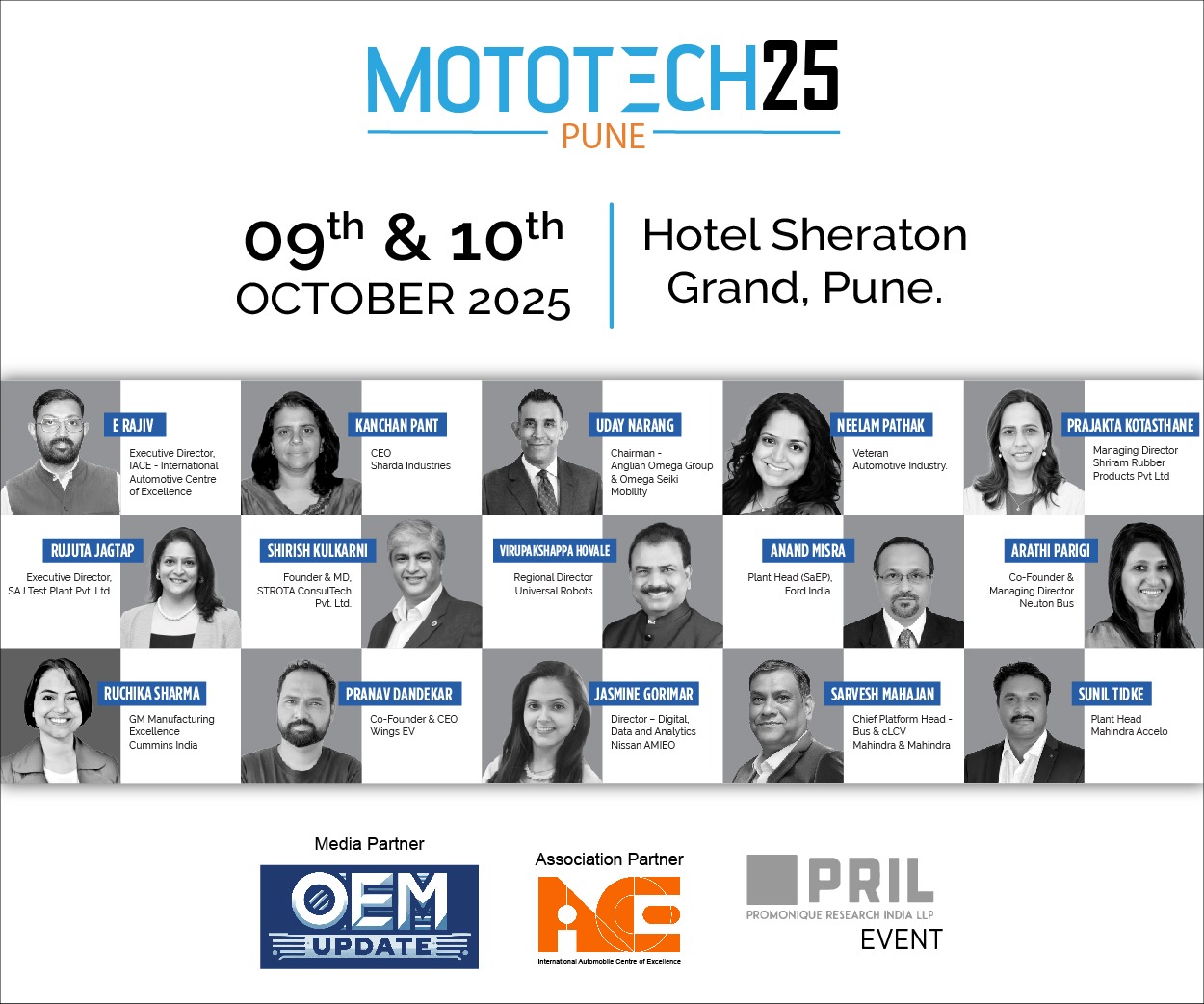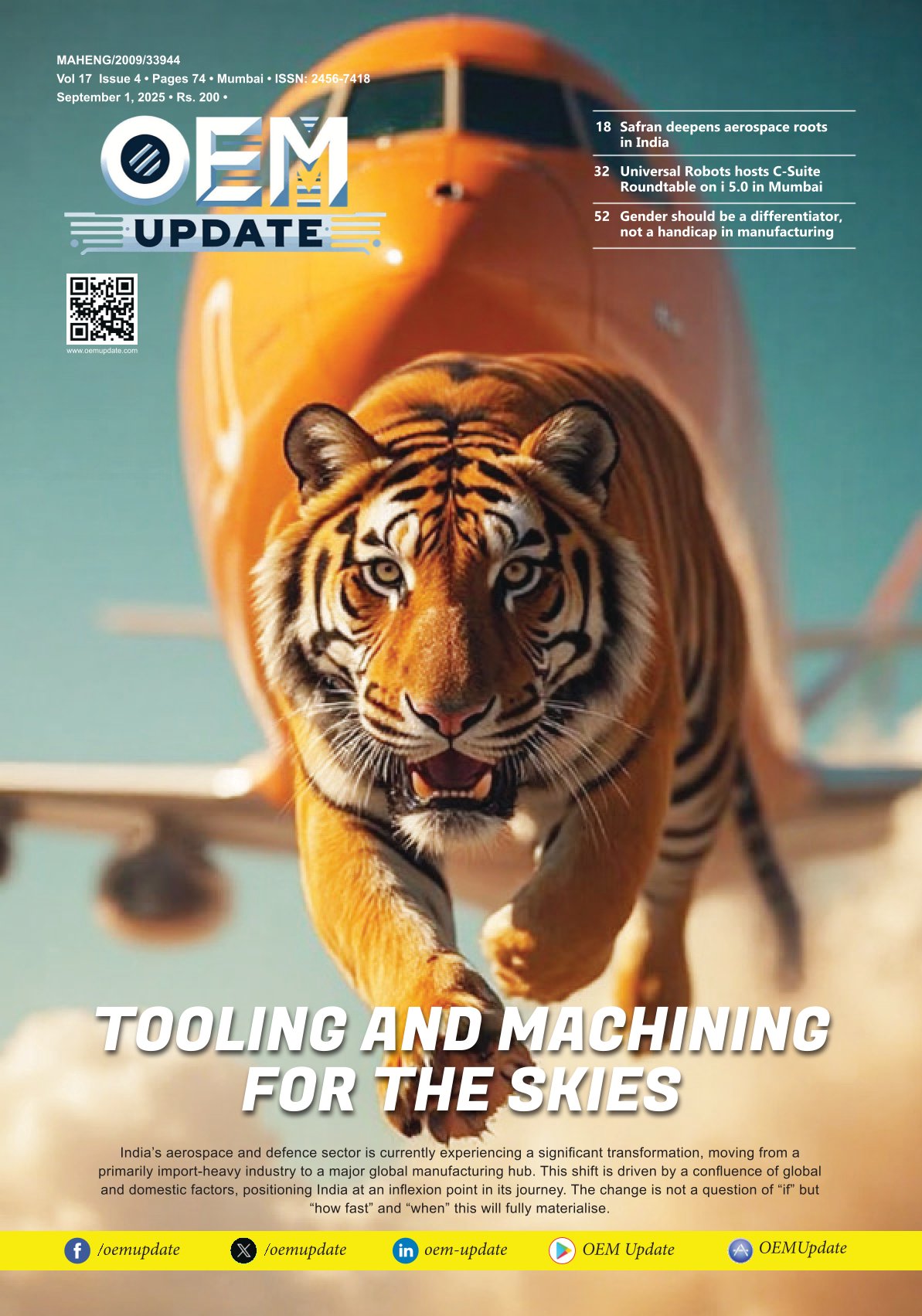Tooling industry exploring aerospace and semiconductor boom
By Staff Report June 5, 2025 8:04 pm IST
The Indian tooling industry has the strong backing of TAGMA to place it on the global map and narrow the technology gap. Devaraya M Sheregar, President of TAGMA India, discusses how the association is empowering Indian toolmakers and making them export-ready while tapping into emerging sectors like aerospace and semiconductors.
How is TAGMA India positioning the Indian die, mould, and tool industry in response to the global shift towards diversified and decentralised manufacturing ecosystems?
TAGMA India is proactively aligning the Indian die, mould, and tool industry with the global trend toward diversified and decentralised manufacturing. Through flagship events like the International Tooling Summit (ITS) and Die & Mould India International Exhibition, we offer platforms for toolmakers to interact with global industry leaders, explore cutting-edge technologies, and form strategic collaborations. These events, which attract over 500 delegates and 35+ expert speakers, have become vital arenas for fostering innovation and cross-border networking.
Beyond events, TAGMA also plays a critical role in preparing Indian toolmakers for the global stage by representing their interests internationally and promoting Indian capabilities to OEMs and Tier 1 suppliers globally. Through our Tooling Academy, we focus on skill development to ensure that the Indian workforce is equipped to meet international standards. Additionally, TAGMA’s participation in foreign exhibitions helps showcase Indian expertise while facilitating exposure to advanced technologies and best practices, making Indian toolmakers competitive contributors to global manufacturing ecosystems.
What steps is TAGMA taking to enhance the global competitiveness of Indian toolmakers in the face of rising trade protectionism and evolving global standards?
In response to rising trade protectionism and evolving global standards, TAGMA is empowering Indian toolmakers through multiple strategic initiatives. One such initiative is Tool Talk, a dedicated knowledge-sharing platform where industry veterans, experts, and technocrats discuss emerging challenges, technologies, and global requirements. These dialogues help Indian companies stay current with international trends and quality expectations.
TAGMA also facilitates international exposure by taking its members to leading global exhibitions such as TIMTOS (Taiwan), JIMTOF (Japan), and INTERMOLD (Korea). These trips allow Indian toolmakers to gain first-hand insights into the latest advancements in tooling technology and benchmark their capabilities against global standards. TAGMA also organises technical seminars and training sessions, helping members navigate global certifications and adopt lean, export-ready processes.
What recent developments or opportunities are shaping the growth of India’s semiconductor and aerospace manufacturing sectors?
India’s semiconductor and aerospace sectors are witnessing robust growth, driven by strategic government interventions and a strong push for domestic manufacturing. In semiconductors, the ₹76,000 crore ($10 billion) incentive package under the India Semiconductor Mission attracts major global players to set up fabrication units, ATMP (Assembly, Testing, Marking and Packaging) facilities, and design centres. According to the India Electronics and Semiconductor Association (IESA), the Indian semiconductor market is expected to grow from $23 billion in 2022 to $85 billion by 2030, opening up opportunities for upstream and downstream suppliers.
In aerospace, increased allocation under the Defence Budget and the rise of indigenous programs under ‘Make in India’ and ‘Aatmanirbhar Bharat’ fuel the need for locally sourced components, sub-assemblies, and tooling. With the Indian aerospace and defence industry projected to reach $70 billion by 2030, the demand for high-precision tooling, moulds, and dies is set to rise significantly.
As semiconductor and aerospace manufacturing require tight tolerances and exceptional quality, Indian tooling companies can upgrade their capabilities, gain global certifications, and contribute to the development of complex tools, dies, and precision components. TAGMA is helping its members tap into these emerging sectors through focused seminars, policy engagement, and skill-building programs tailored to high-tech industries.
Despite India’s tool and die manufacturing advancements, which categories of moulds still depend heavily on imports, and why?
While India has made significant strides in tool and die manufacturing, there remains heavy import dependence in certain high-precision mould categories, particularly in the electronics, aerospace, and medical device industries. In automotive, light moulds and bumper moulds are still imported. These sectors demand micro-level tolerances, superior surface finishes, and high reliability, which often require advanced machining capabilities, specialised materials, and cutting-edge design software that are still limitedly available domestically.
TAGMA bridges these gaps by promoting technology adoption, skill development, and global partnerships. Through its international exposure programs and training initiatives, TAGMA is helping Indian toolmakers scale up their technical competence to meet the stringent requirements of these sectors.
What’s the best approach for global OEMs and component manufacturers to finding the right tooling and technology partners within India’s manufacturing ecosystem?
Global OEMs and component manufacturers can effectively identify suitable tooling and technology partners in India by leveraging TAGMA’s ecosystem. Events like the Die & Mould India International Exhibition and International Tooling Summit offer direct interaction with top-tier Indian toolmakers, enabling informed decision-making and long-term partnerships.
TAGMA also provides online directories and member listings that are a reliable resource for finding certified and experienced partners. Importantly, global companies are encouraged to evaluate potential Indian partners based on quality certifications such as ISO, IATF 16949, and AS9100, which many TAGMA members possess. These certifications ensure compliance with international manufacturing and quality standards, making the Indian tooling industry a dependable option for global sourcing.
How do international manufacturers navigate India’s complex regulatory environment, including tax structures, import duties, and BIS (Bureau of Indian Standards) compliance requirements?Navigating India’s regulatory environment, especially concerning tax structures, import duties, and BIS compliance, can be challenging for international manufacturers. Most global companies rely on local legal and compliance consultants and industry associations like TAGMA for up-to-date regulatory guidance.
The Bureau of Indian Standards (BIS) mandates testing and certification for numerous products to ensure safety and quality. This includes documentation, product sampling, and testing in BIS-recognised laboratories. The BIS process typically takes 4–8 weeks for new entrants, depending on product complexity (source: BIS official guidelines).
TAGMA helps its members understand these requirements by organising workshops, compliance seminars, and publishing updates on policy changes. Moreover, it facilitates engagement between manufacturers and regulatory bodies, ensuring smoother navigation through India’s evolving compliance landscape.
Do you see sufficient domestic demand for sheet metal dies in India, and which sectors demand this the most?
The domestic demand for sheet metal dies in India is strong and steadily growing, primarily driven by the expansion of the country’s manufacturing ecosystem. The automotive sector continues to be the largest consumer, with increasing demand for body panels, brackets, and structural components, especially as the industry shifts towards electric vehicles requiring new die designs and lightweight materials. Additionally, the electrical and white goods sectors are contributing to the demand surge due to the rise in appliance manufacturing and consumer electronics assembly.
Other key drivers include industrial machinery and capital goods manufacturing, as India aims to reduce dependence on imports and boost local production under the Aatmanirbhar Bharat initiative. The growth of MSMEs in tier-2 and tier-3 cities is also expanding the base of sheet metal processing, requiring a steady supply of dies for localised production.
How is TAGMA addressing the challenges faced by its members in aligning with global quality certifications and export-readiness requirements?
TAGMA strategically supports its members in achieving global quality certifications and enhancing export readiness. This includes organising training sessions on ISO, AS9100, and other international standards and hosting interactive sessions with global experts to share best practices in quality management and process optimisation.
TAGMA also provides resources and consulting support to help toolmakers implement documentation systems, internal audits, and continuous improvement programs—critical for certification and export compliance. These efforts are supplemented by international exposure visits, which help members understand expectations in global markets. By preparing Indian toolmakers to meet international benchmarks, TAGMA is critical in expanding India’s global tooling and manufacturing value chain footprint.
Cookie Consent
We use cookies to personalize your experience. By continuing to visit this website you agree to our Terms & Conditions, Privacy Policy and Cookie Policy.
